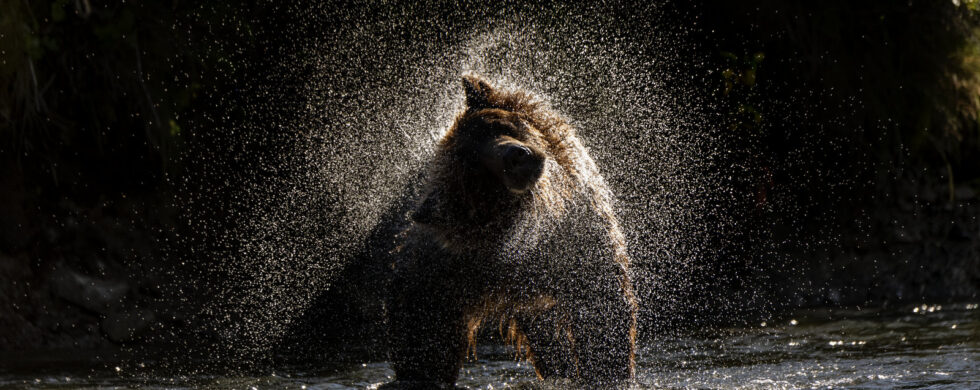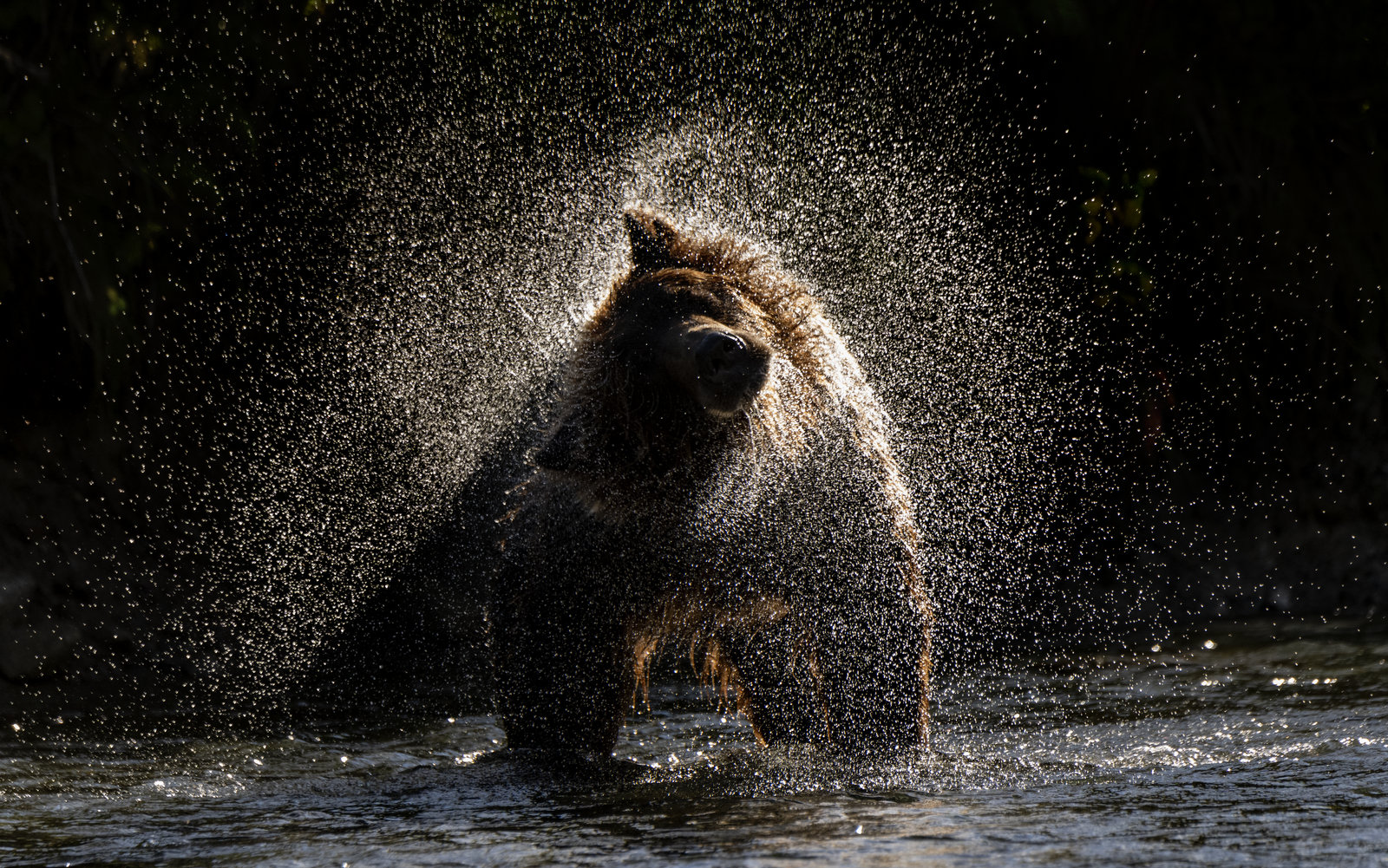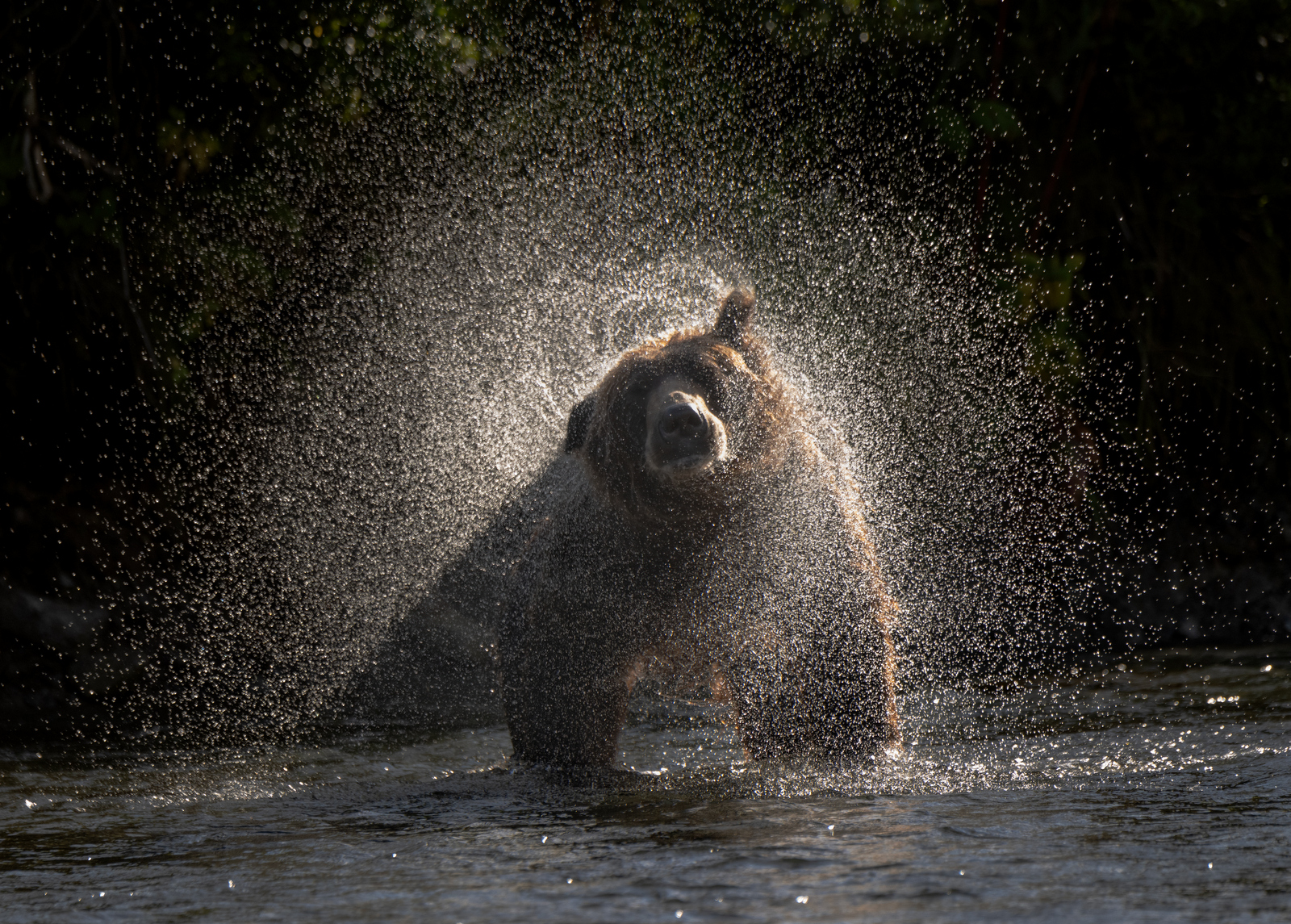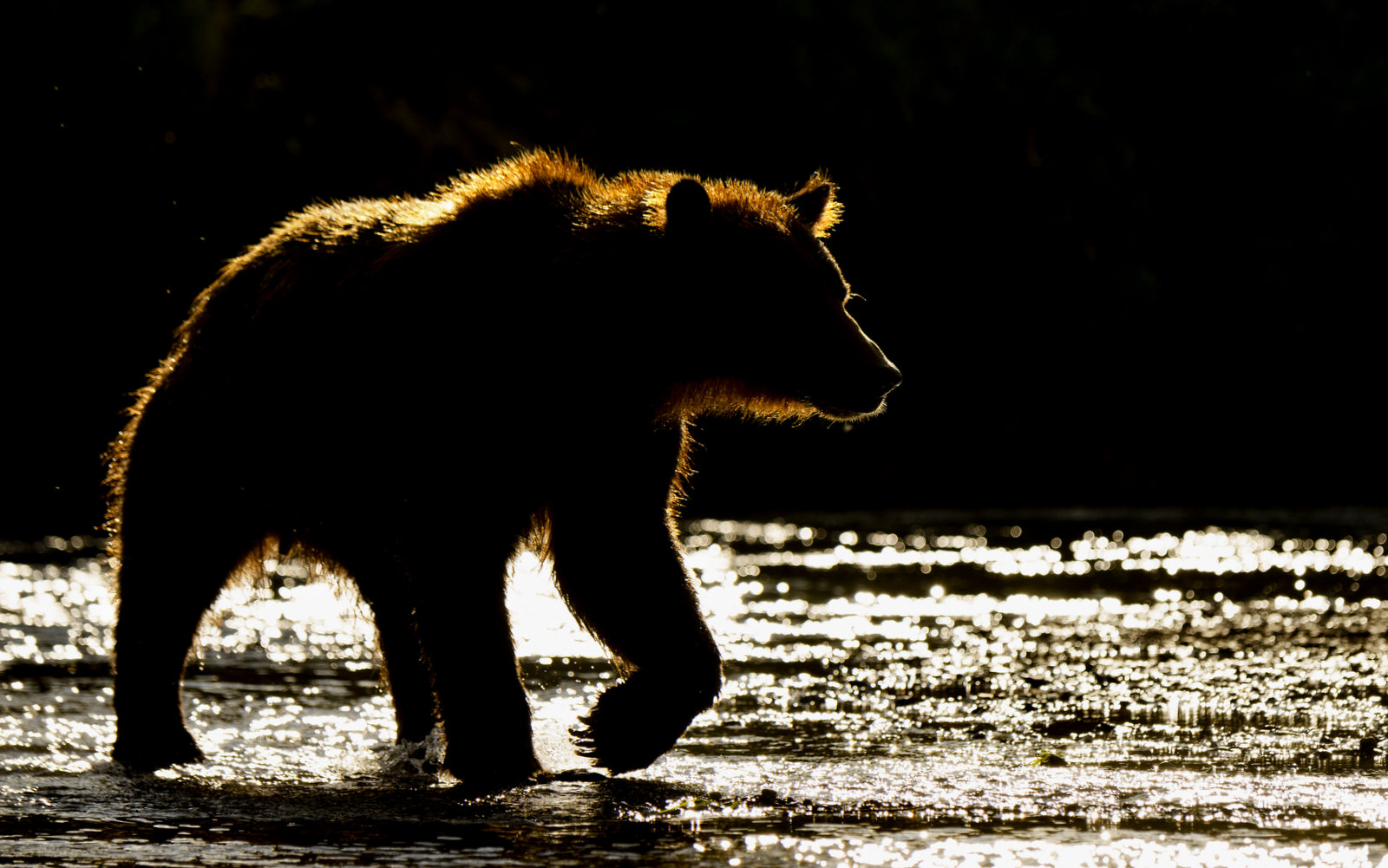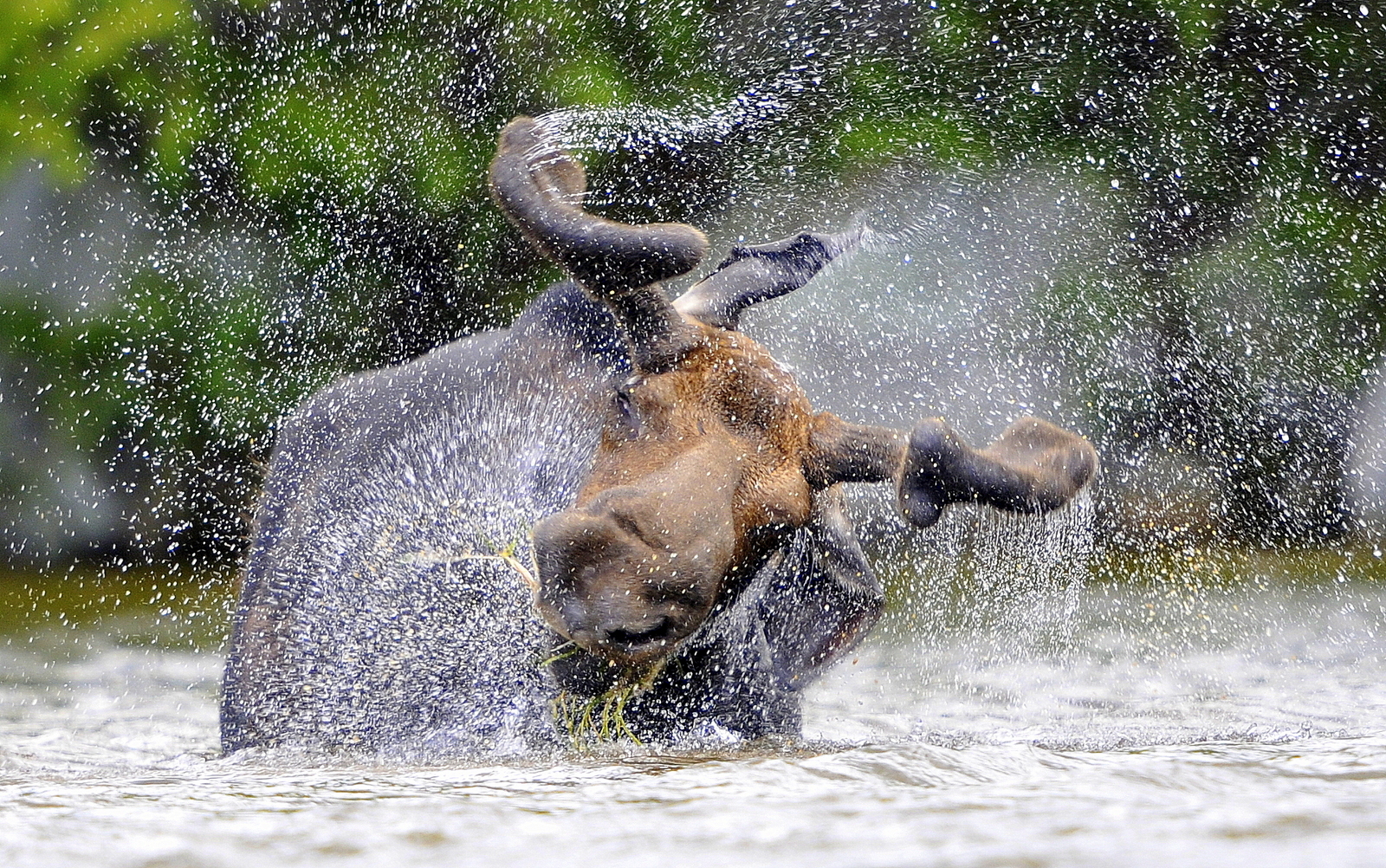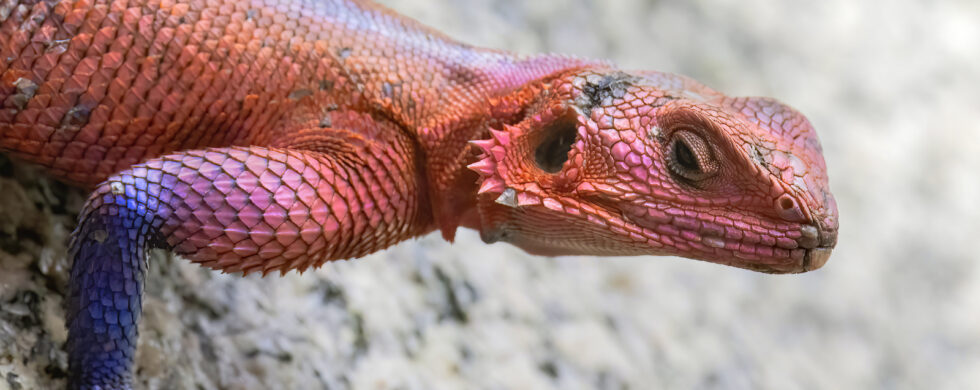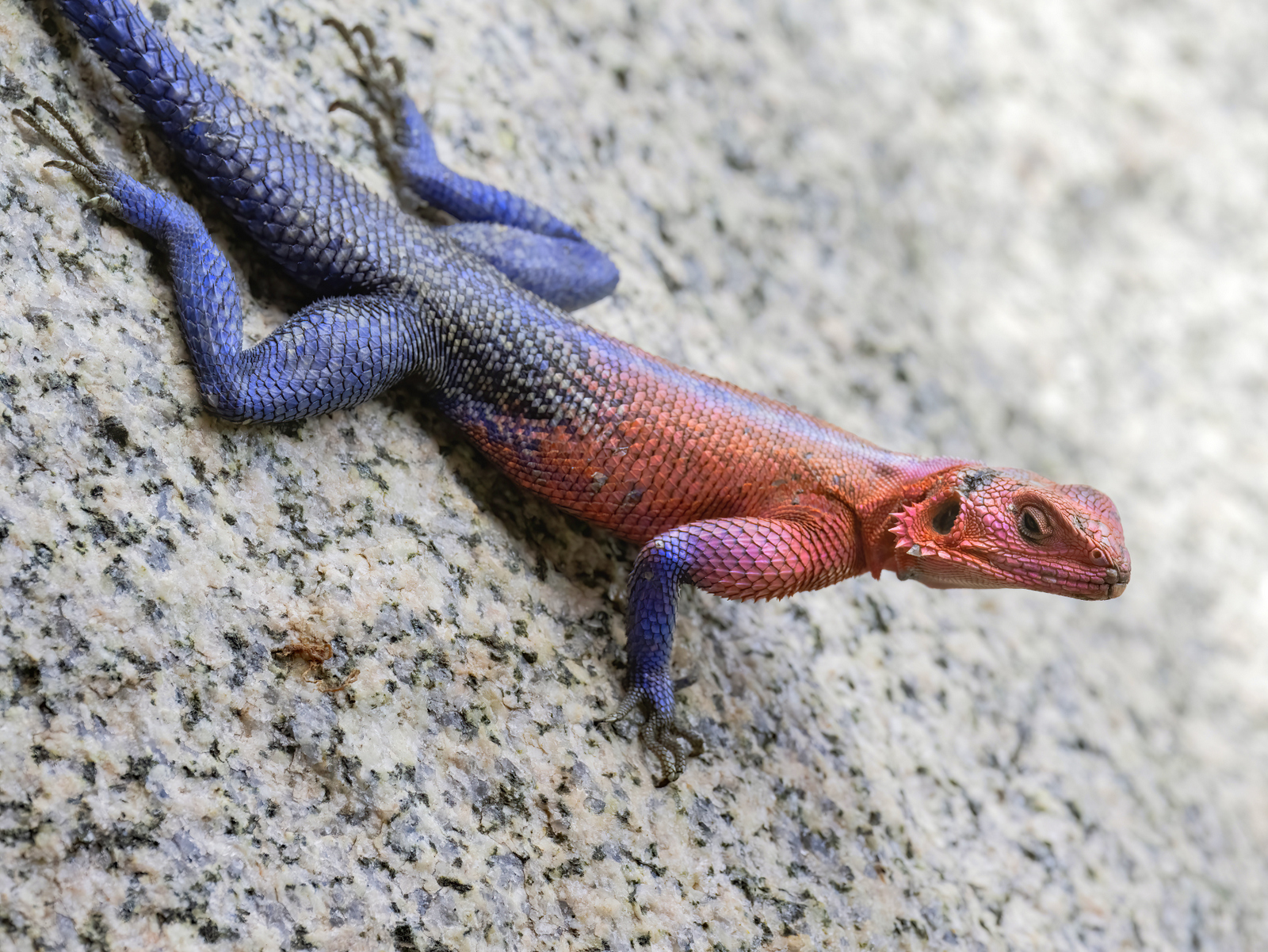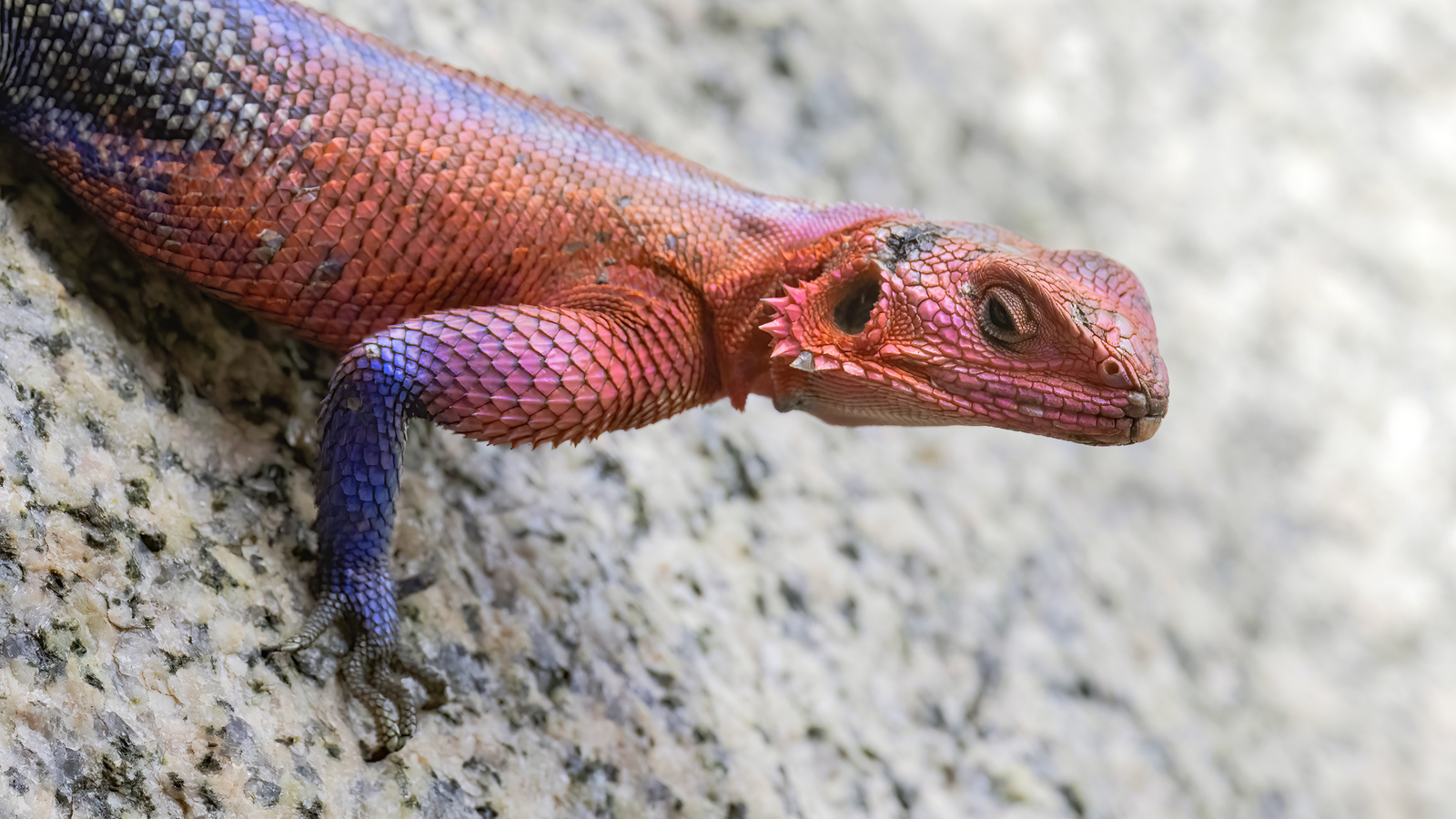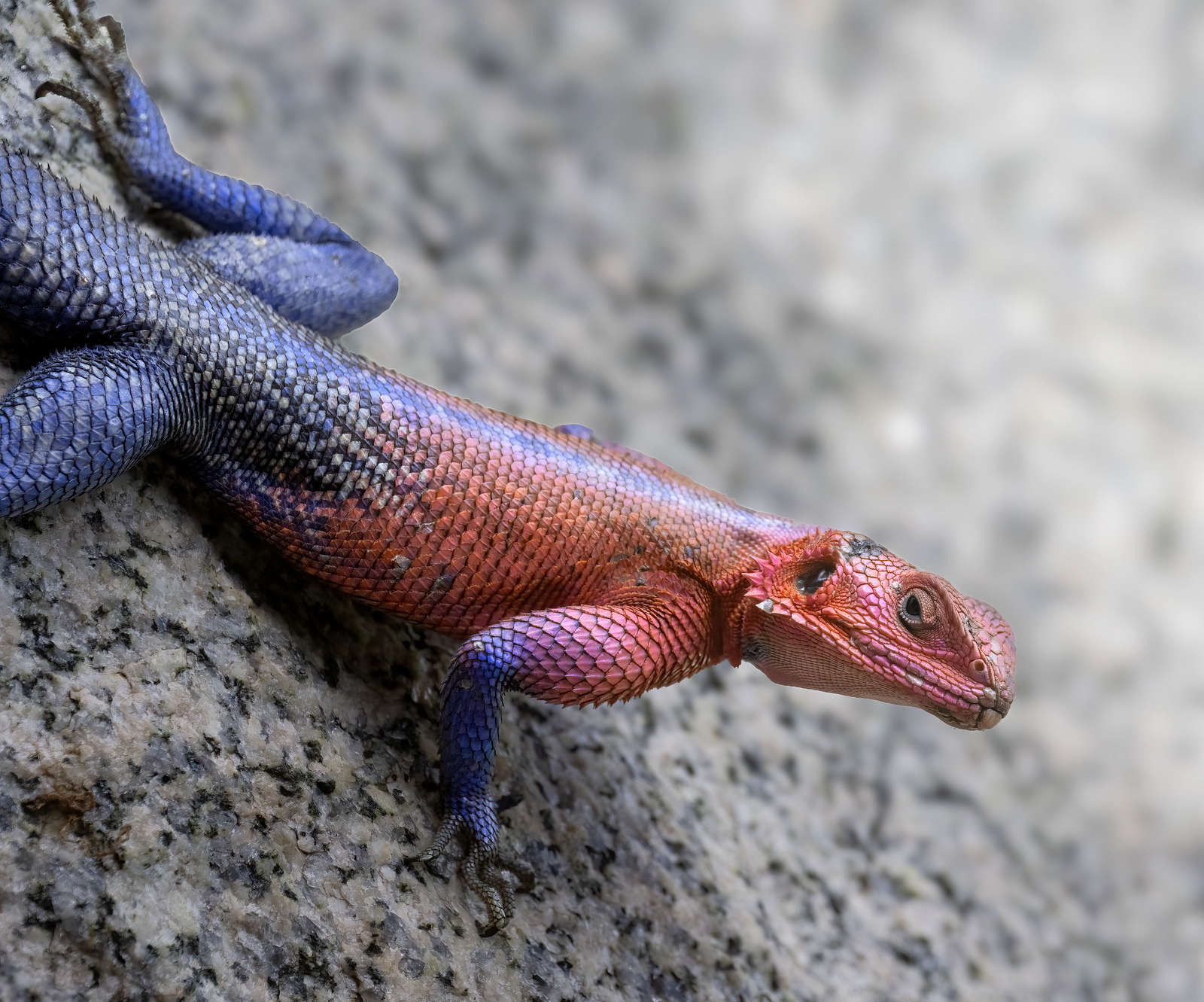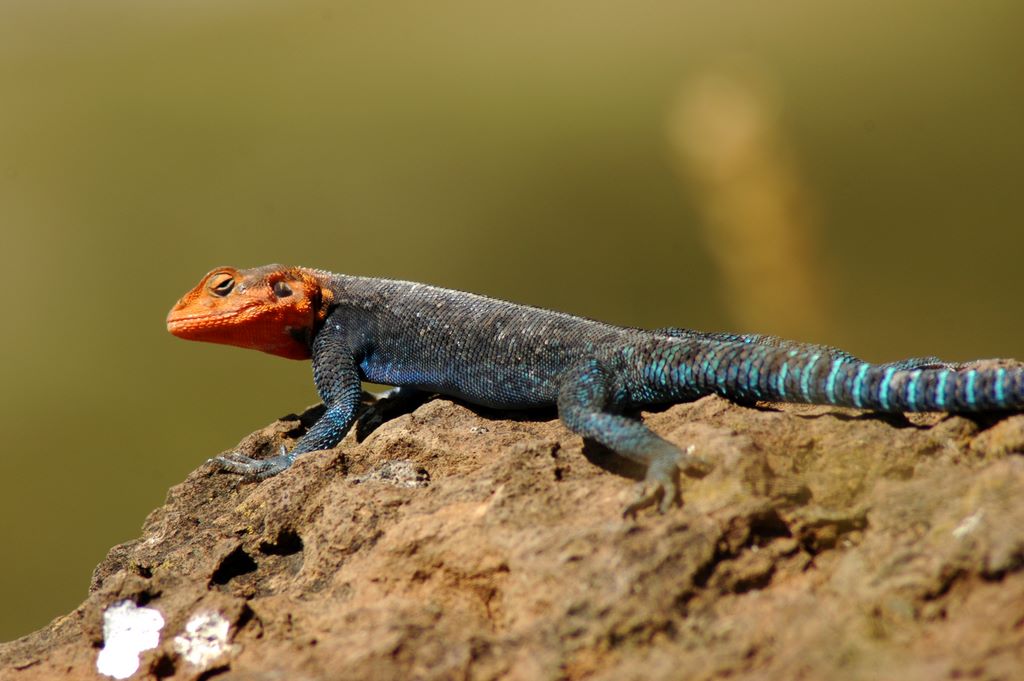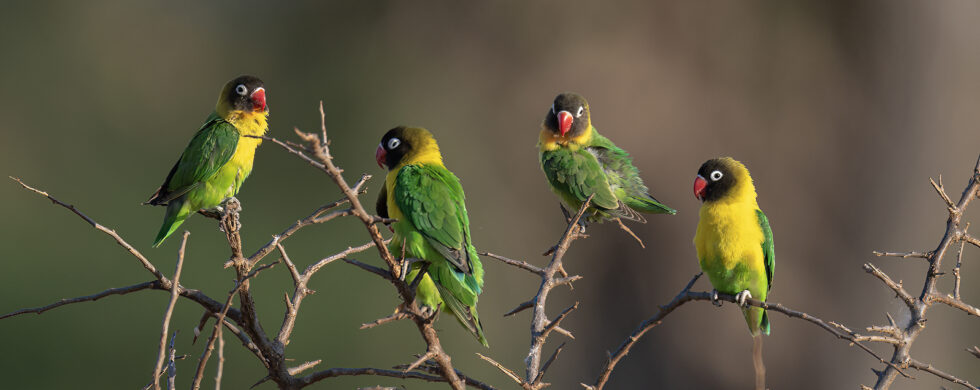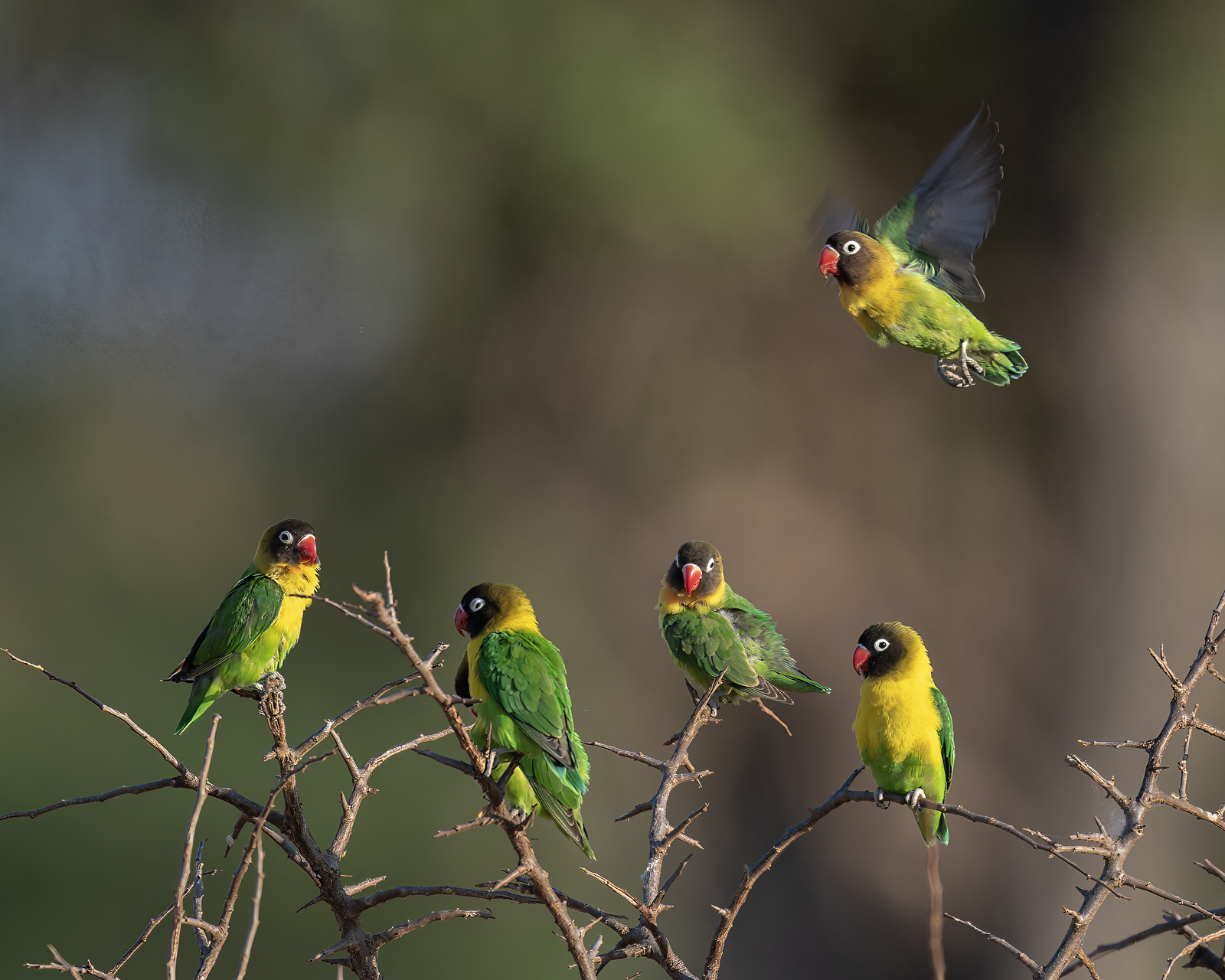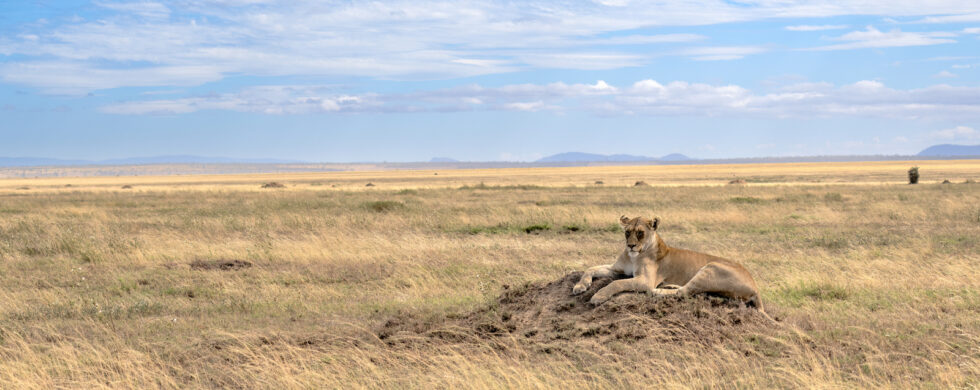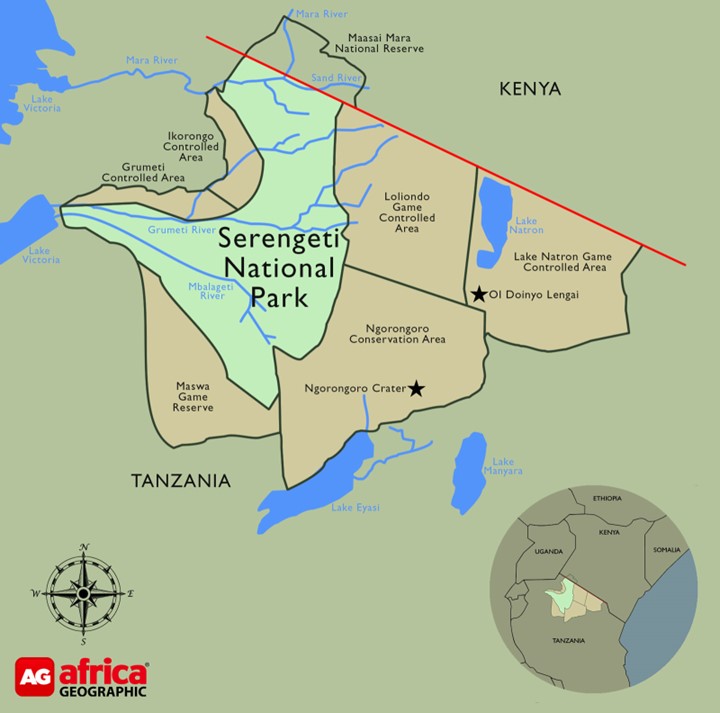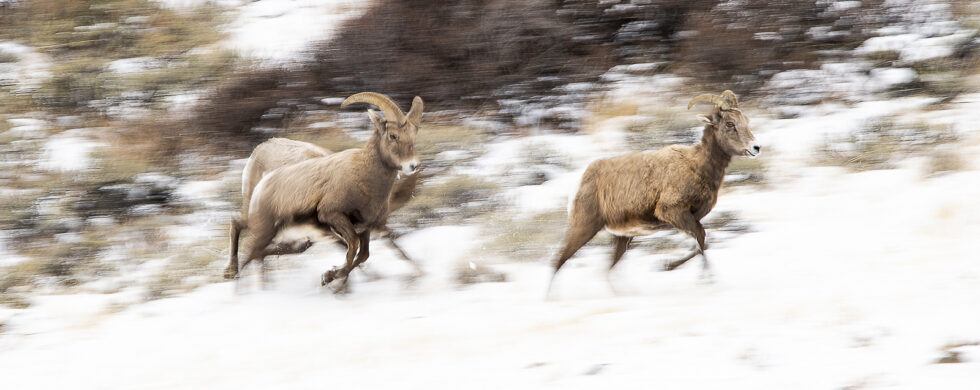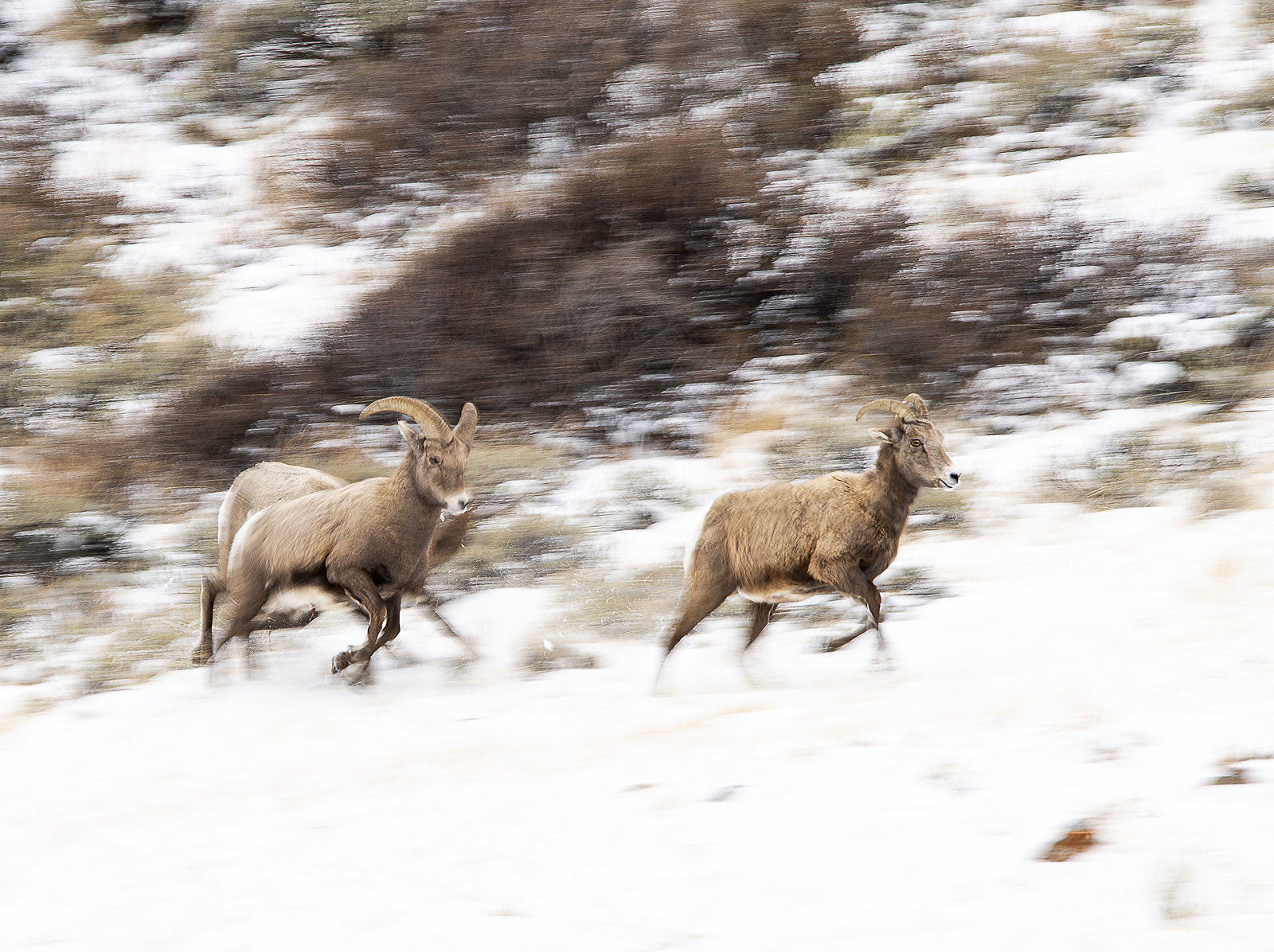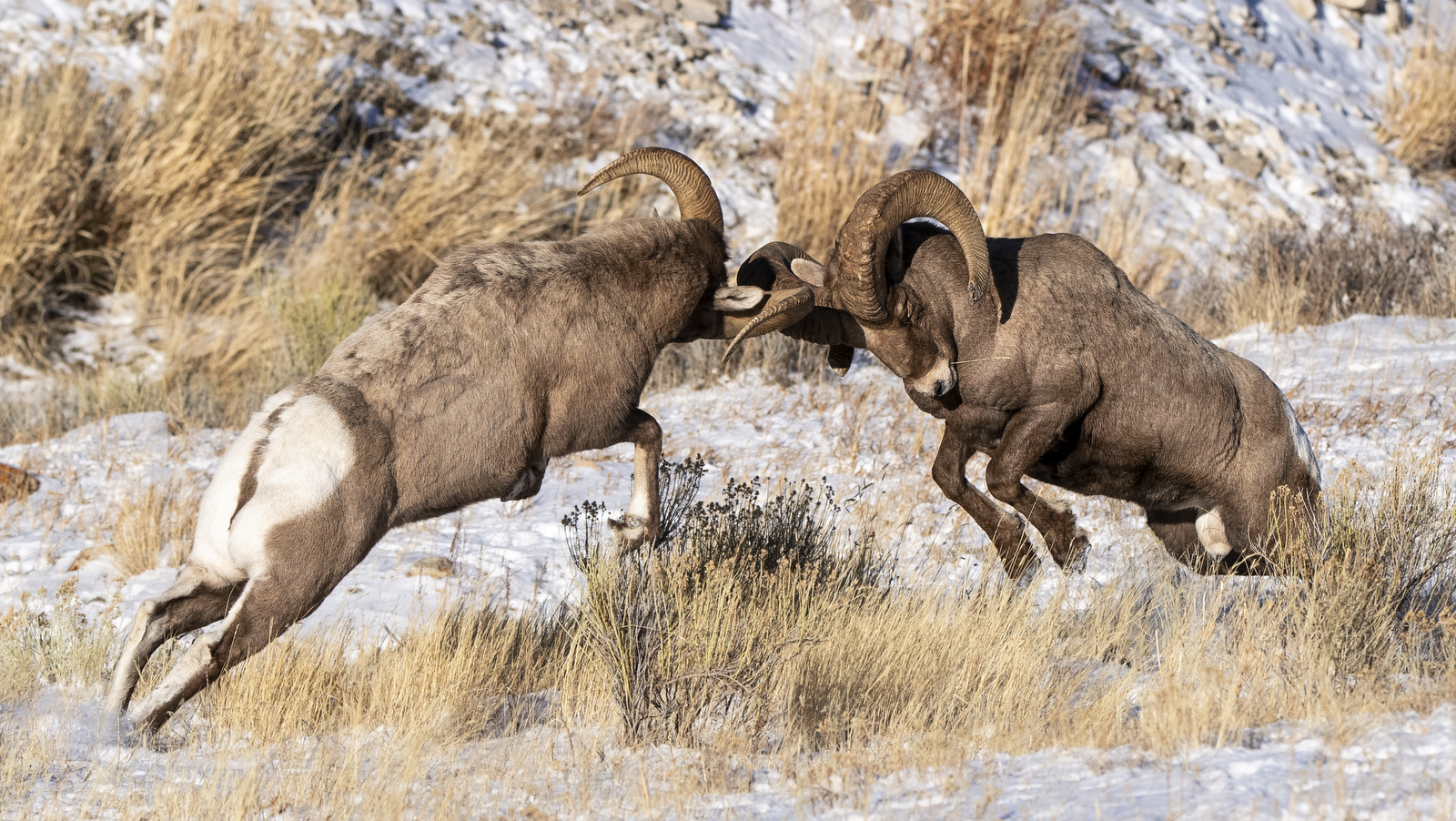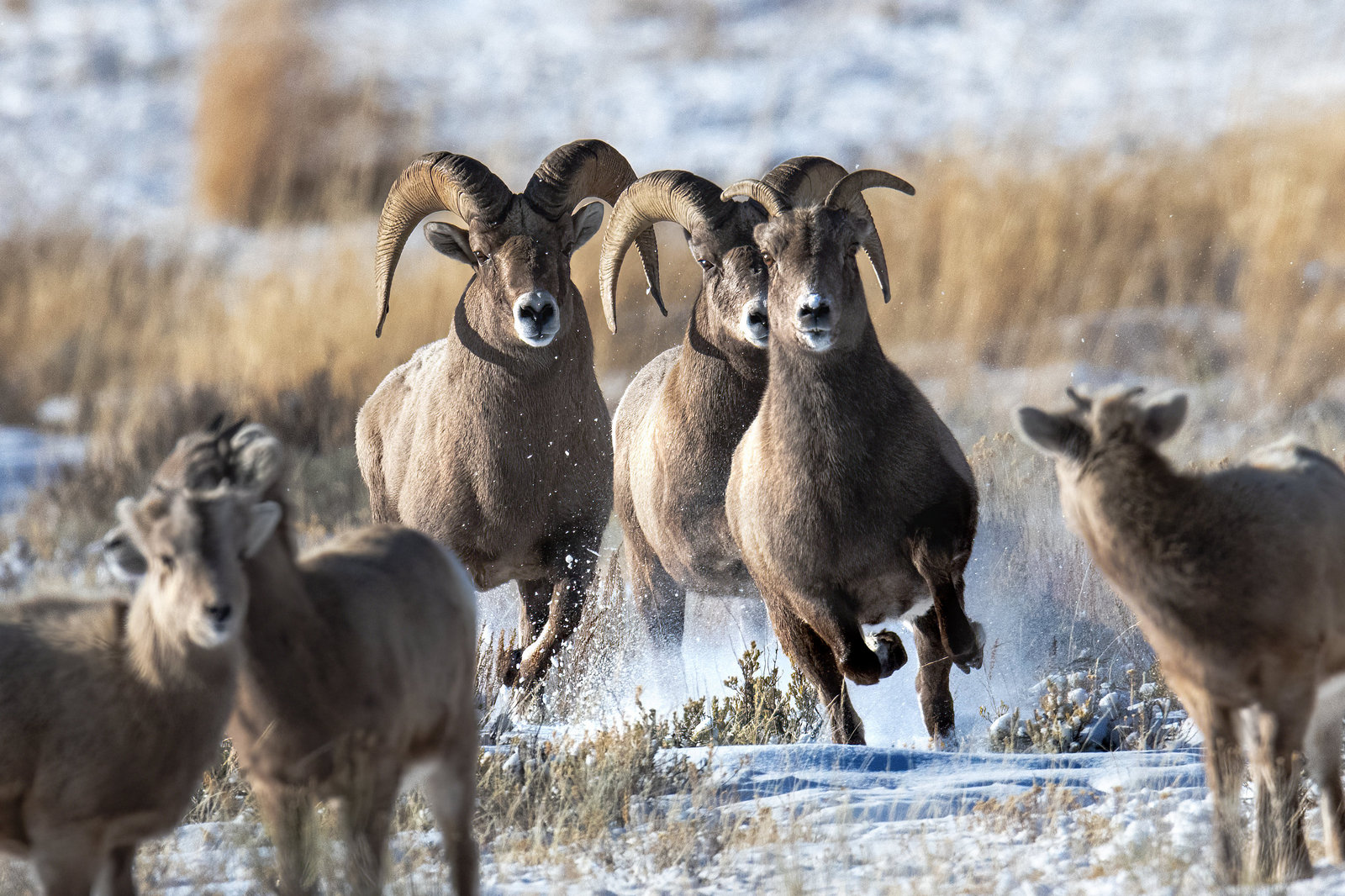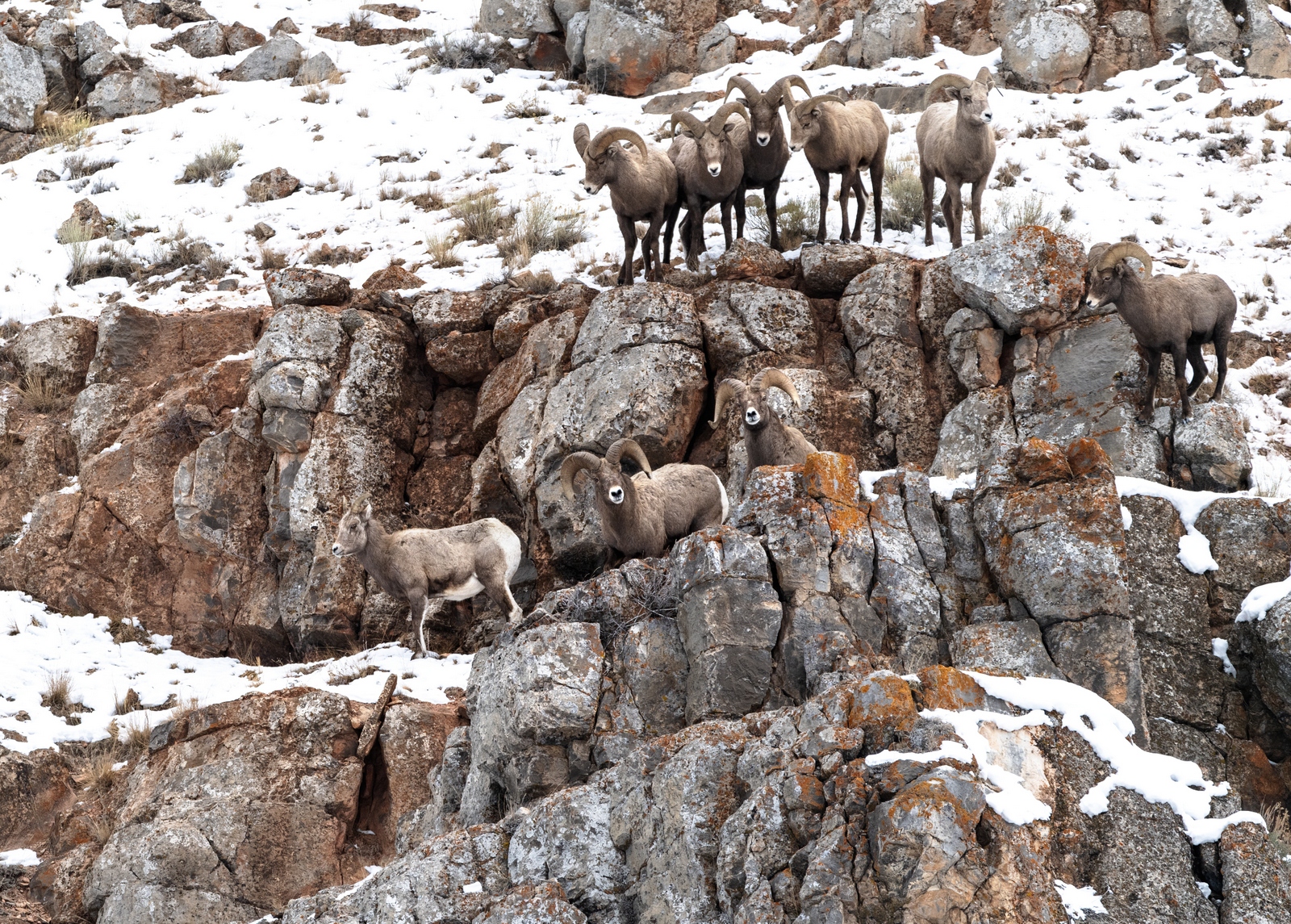Shot of the Month – March 2024
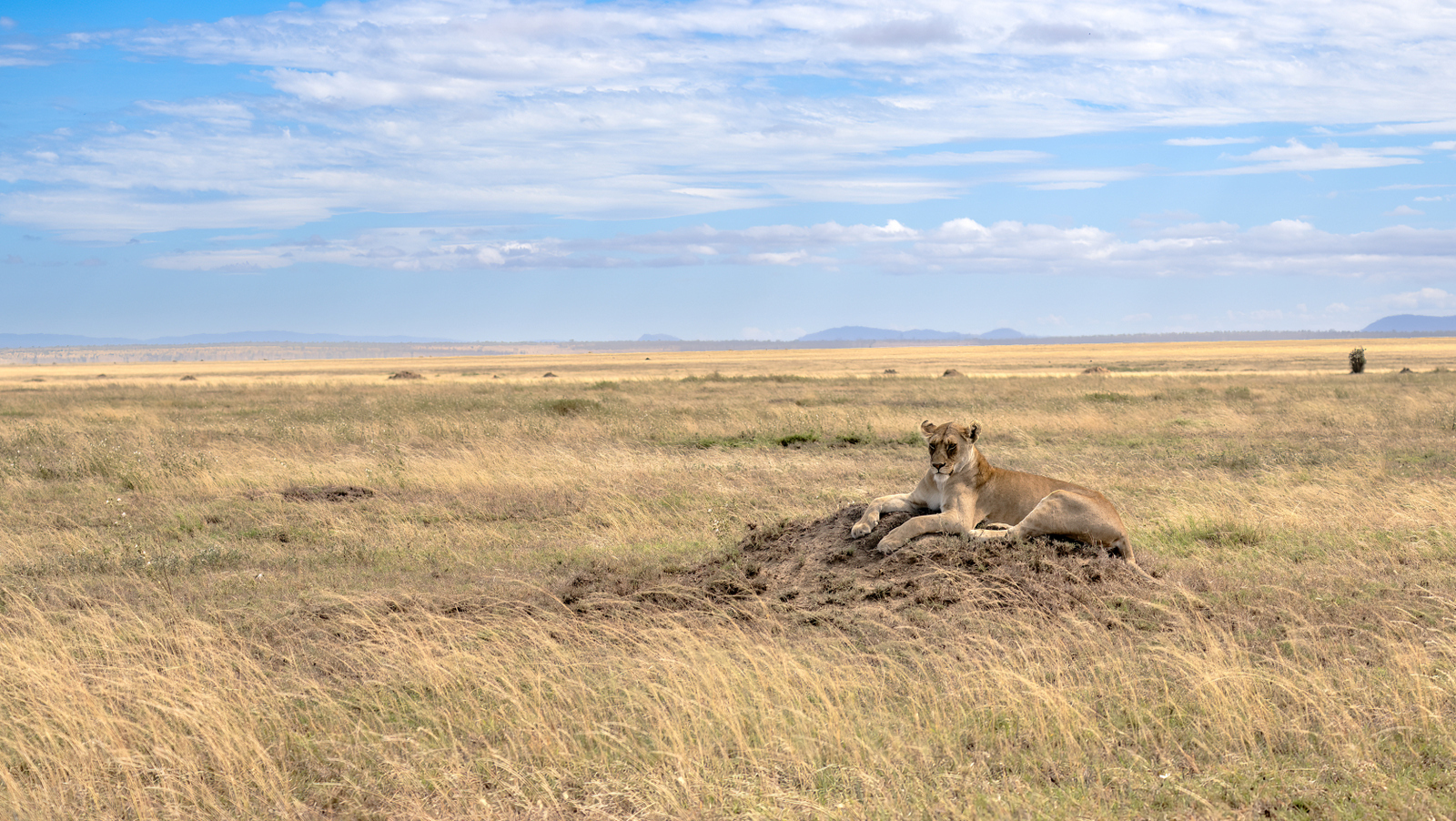
Above we have a classic scene captured on the plains of the Serengeti, the place of legend and lore for wildlife lovers around the world. A trip to the Serengeti is on many a bucket list for wildlife aficionados. And many lucky enough to make that “once in a lifetime” trip now seriously ponder if they can make it a “twice in a lifetime trip” as the draw to this magical place is overpowering.
Having lived in Africa for many years I had the good fortune of being able to visit “the Serengeti” on multiple occasions and it is always on my list of potential places to visit again. For the uninitiated, let’s break it down.
Where is it?
This wildlife mecca is found in Tanzania and Kenya, in East Africa.
What is it?
The Serengeti ecosystem is a geographical region spanning the Mara and Arusha Regions of Tanzania. This region is made up of a diverse habitats including riverine forests, swamps, kopjes, grasslands, and woodlands. Over 30,000 km2 (11,583 mi2) of this area is protected by a collection of national parks and reserves. Almost half of that area (about 14,750 km2 or 5,695 mi2) is part of the Serengeti National Park. Other protected areas nearby include
- Ngorongoro Conservation Area (8,292 km2) (3,202 mi2)
- Maswa Game Reserve (1,415 km2) (546 mi2)
- Grumeti Game Reserve (410 km2) (158 mi2)
- Ikorongo Game Reserve (600 km2) (232 mi2)
- Loliondo Game Control Area (6,200 km2) (2,394 mi2)
In southern Kenya, the northern tip of the Serengeti is protected by the Masai Mara National Reserve (1,510 km2) (583 mi2).
Serengeti Plains?
A large portion of the Serengeti ecosystem is a vast, flat, open plains, covered mostly in grass. This open grassland covers the entire lower third of the Serengeti NP. Plains are described differently depending on the climate they experience:
- Grassland (temperate or subtropical)
- Steppe (semi-arid)
- Savannah (tropical)
- Tundra (polar)
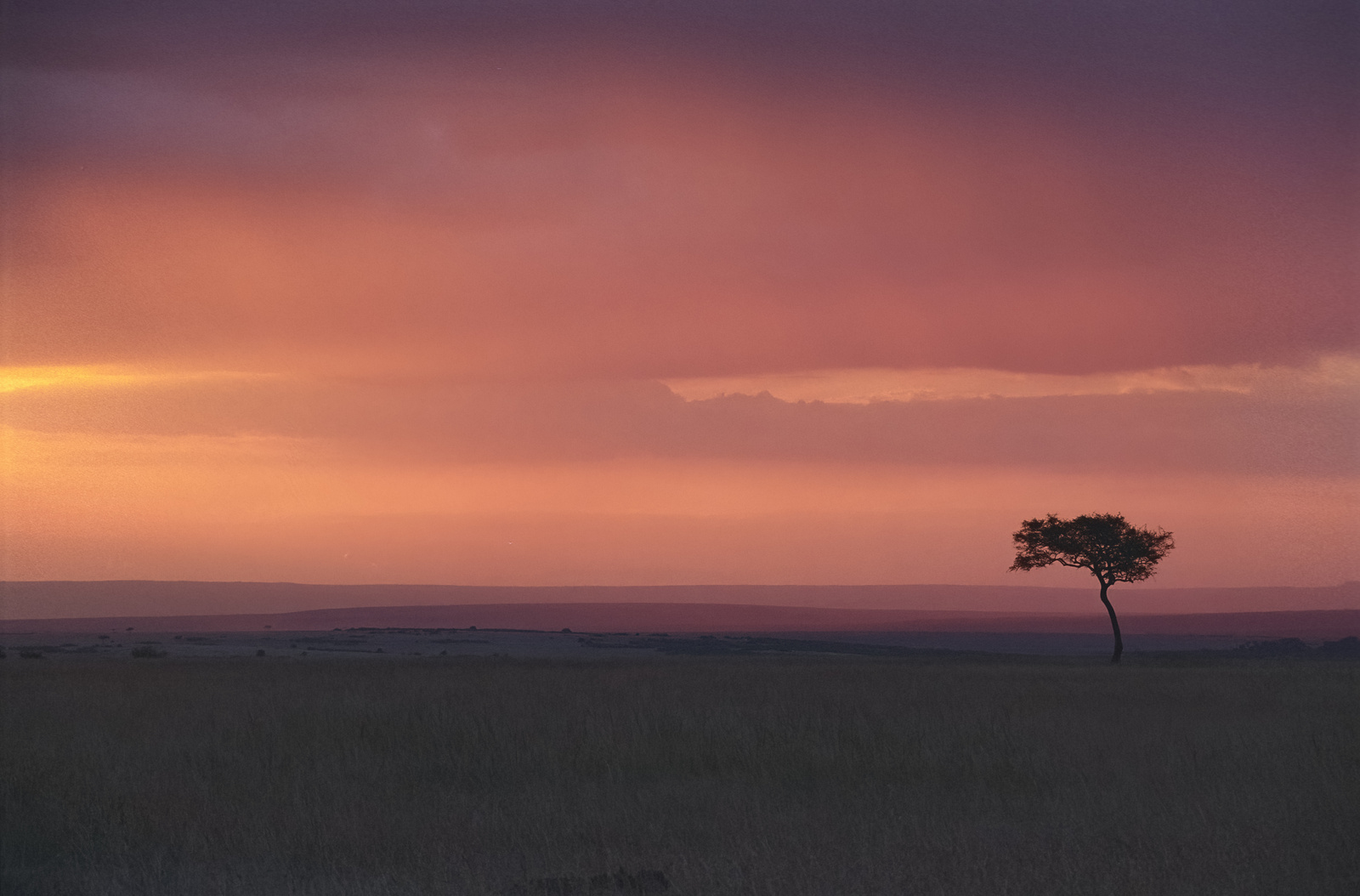
Serengeti Sunset
The vast expanses of grass in the Serengeti are therefore referred to as the Serengeti Savannah as it falls in equatorial (tropical) Africa. The Serengeti Savannah receives enough rainfall to support grass and some trees, but not enough rainfall to support a true forest. Trees tend to be scattered here and there across the plains. A savannah is a vegetation zone between a tropical rainforest and a desert. The area experiences a strong contrast in weather – the rainy season is intense with lots of rain, followed by extended periods of high temperatures and no rain.
While the Serengeti is the most well-known in Africa there are also savannahs in Zimbabwe, Botswana, South Africa, and Namibia.
What makes it special?
The Serengeti has the largest concentration and diversity of wildlife on the planet. By the numbers:
- The Serengeti is home to the “Great Migration,” the largest movement of animals in the world. Each year over two million wildebeests, zebras, and antelopes traverse the grasslands (1.3-1.7 million wildebeests, 200,000 zebra, 500,000 Thomson and Grant’s gazelle) as they follow the rains in search of greener pastures and water. The Serengeti is home to an incredible diversity of herbivores that include cape buffalo (30,000), African elephant (7,500), giraffe (4,000), black rhinoceros (200), warthog (15,000), eland (7,000), waterbuck (3,000), topi (27,000) and many others.
- The Serengeti is famous for its collection of large predators that include lions (3,000), leopards (1,000), cheetah (250), and spotted hyenas (7,500).
- Africa’s “Big 5” can be found in the Serengeti.
- Bird lovers can find over 500 species of bird life in the Serengeti ecosystem.
No other location on the planet can match the sheer scale, density, and diversity of wildlife found in the Serengeti and it has been voted the top “Seven Natural Wonders of Africa.”
If you are up for an adventure definitely consider a visit to this magical place.
A black and white version for that old-timey look:
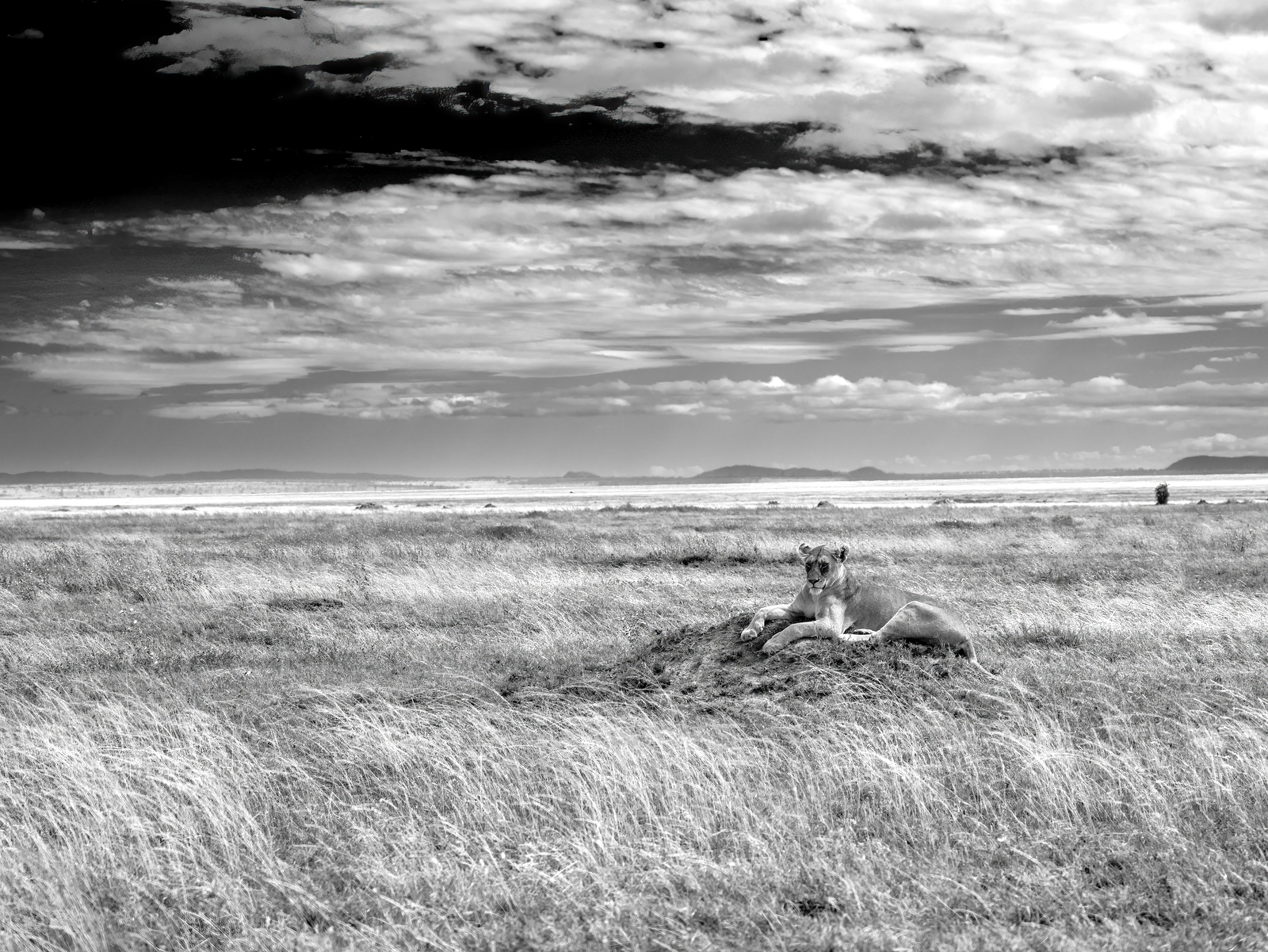
Until next month…..michael
A few more scenes from the Serengeti:
Leopard!
Circle of Life
Giraffe at Sunset
Sources:
Wikipedia (Serengeti)
Serengeti National Park
Savanna Biome: Climate, Locations, and Wildlife
Wikipedia (Plain)
Difference Between Savanna and Grassland
Nikon Z9, Nikkor Z 100-400mm f/4.5 -5.6 VR S (@100mm), 1/400 sec, f/5.6, ISO 64, EV -0.33

